Which smartwatch and wearable data is actually worth tracking for cyclists?
Can smartwatches and wearable devices really make you a fitter, healthier cyclist? Deena Blacking straps on a plethora of gadgets and endeavours to find out
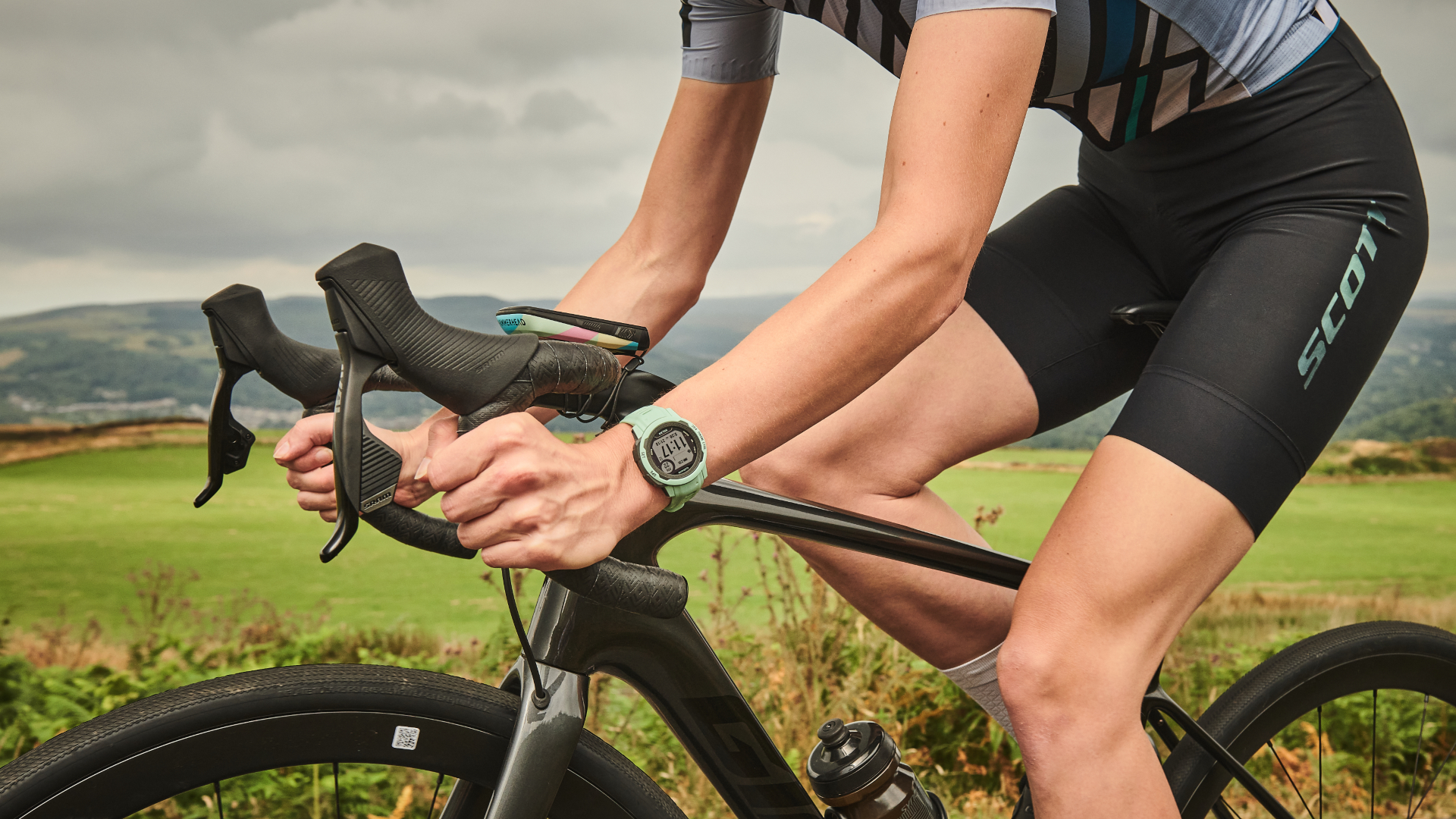
Ducks weren’t the only new thing being worn by Education First pro cyclists a couple of years ago. On 31 August 2020, Whoop was announced as the team’s official fitness wearable. Less than a month later, Canyon-SRAM and Team Jumbo-Visma started sticking Supersapiens glucose biosensors to their triceps.
Forever seeking a performance advantage, pro teams are turning to the best smartwatches for cycling and other wearable technology to track their every move. But is the juice worth the squeeze? Are these devices destined to improve performance? Or are they just more noise in the ever intensifying data-storm of modern life?
For the average cyclist without a support team, making sense of all the tech – never mind the data they deliver – can be bamboozling. In an effort to help CW readers understand what all the fuss is about, we decided to find out more.
Wearable technology is any kind of sensor or computing device small and flexible enough to be worn. It is often used to measure markers of health, such as resting heart rate and sleep patterns, from which algorithms predict the athlete’s state of recovery and fitness.
Getting fitter and faster in road cycling – one of the world’s most physiologically demanding sports – requires good management of training load.
“In theory, the value added by wearable devices is that they help you to understand and manage how the body responds to training load, better than humans alone,” explains Nate Wilson, performance manager at EF Education Nippo. “There’s a point before you hit the wall but you might not sense it, and that’s where these devices come in.” Wilson’s colleague at EF, medical director Kevin Sprouse, describes it as “filling the data gap” in a way that gives “a retrospective view on what’s happening as well as a guide to the present and the future.”
From long-standing companies like Garmin and Polar, to recent entrants like the Oura ring and the Supersapiens glucose biosensors, there is an increasingly long list of wearables to choose from. All claim to help you monitor and improve your performance. But do they really?
Get The Leadout Newsletter
The latest race content, interviews, features, reviews and expert buying guides, direct to your inbox!
The pros and cons of smartwatches and wearables for cycling fitness
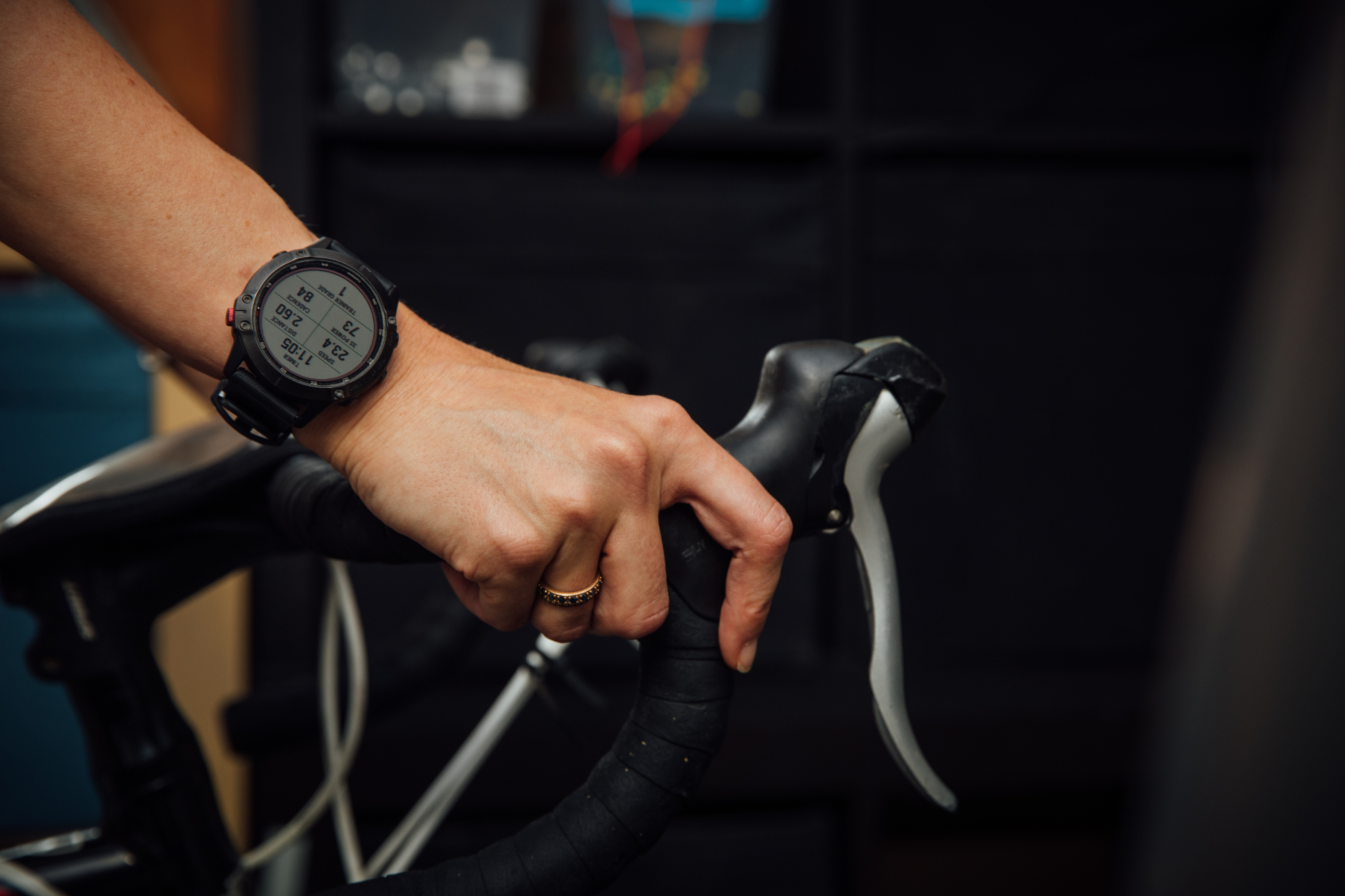
Pros
- Increased awareness of your personal habits that influence recovery, including sleep, hydration, and eating habits
- Education about recovery and fuelling via the smartphone apps
- Daily prompts and reminders to move more, breathe, and practise good sleep habits
- Daily data on key metrics for road cycling, providing trends over time which may support training load management
- Connecting with friends and sharing achievements
Cons
- Data may be unreliable, inconsistent or inaccurate
- Recovery scores do not account for all aspects of training, including muscular fatigue, injury and individual sleeping habits
- Daily data swings can be disconcerting, especially if they conflict with your sensations
- Focusing too much on numbers and data may distract from performance
- Over-reliance on data may prevent athletes from developing awareness or ‘feel’ and being able to ride based on sensations
What data do smartwatches and wearable devices track?
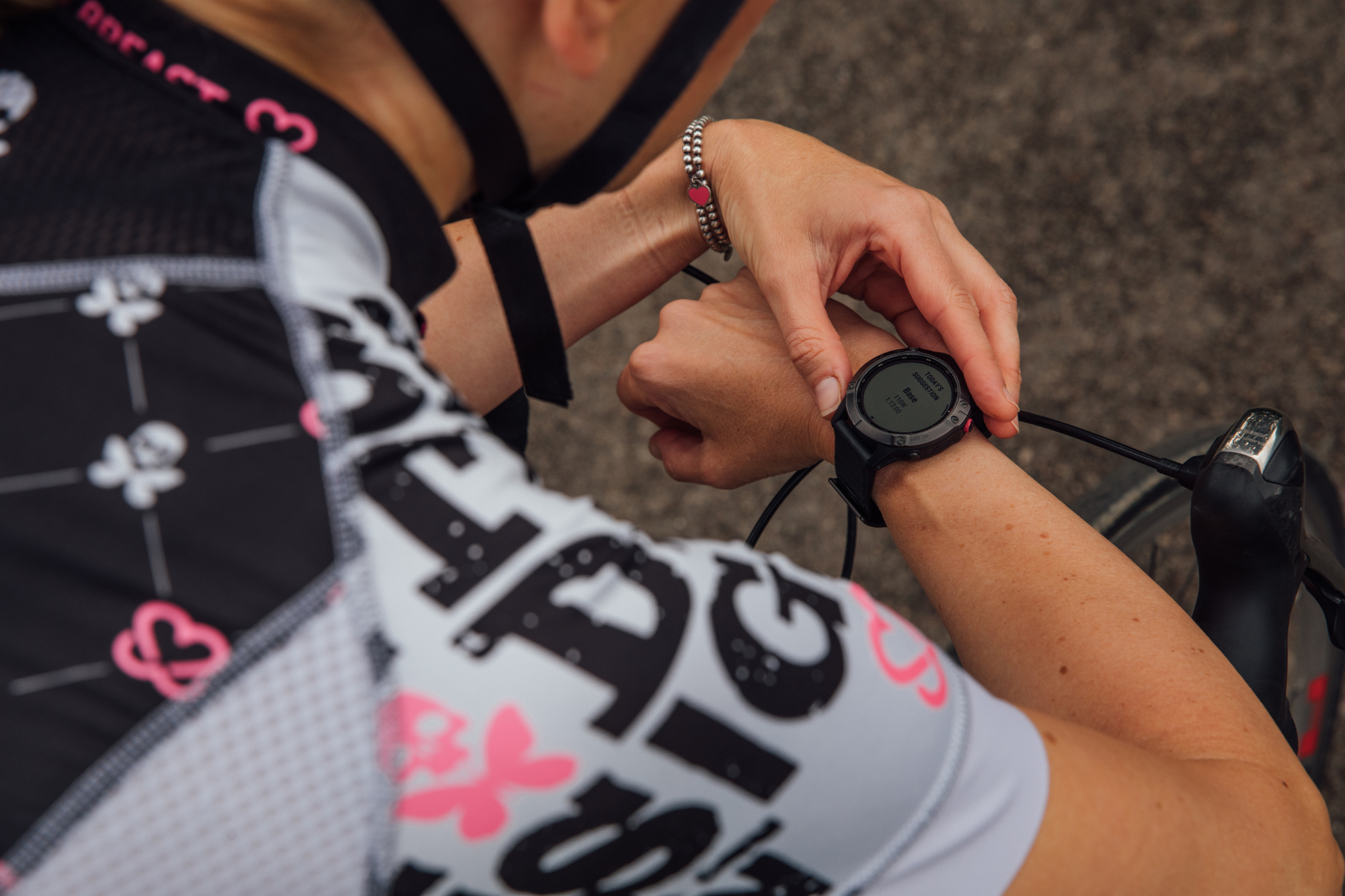
Thanks to helpful marketing teams, we were able to get our hands on several of the leading wearables and put them to the test over the course of a month. Wearables are often wrist based, or in the case of the Oura, worn as a ring. The Supersapiens blood glucose biosensor requires you to insert a small needle into your arm to take live blood glucose readings. Happily, the two-pound-coin-sized sensor is almost unnoticeable; it sticks discreetly on the back of your arm. With the exception of the Supersapiens sensor, most wearable devices measure some combination of the following: sleep, movement, heart rate, body temperature and blood oxygen levels. From this information, each wearable ‘scores’ your readiness to train or race, by means of its own trademarked algorithm.
Most devices require a smartphone to deliver the data to you via an app, but the best smartwatches (Apple and Polar) also provide data directly from the wrist. The Apple watch, more of an overall lifestyle than performance device, provides hectoring prompts throughout the day: breathe, stand up, be active, etc. Some of the apps have additional features for qualitative input. For example, the Whoop has a daily questionnaire – the ‘journal’ – allowing you to log additional fields of information.
Heart rate is a key metric for wearable devices: most of them measure resting heart rate (RHR) and heart rate variability (HRV). RHR is the number of heart beats per minute while at rest; HRV is the variation in the time between consecutive heartbeats. An increase in fitness is generally reflected in a lower RHR, increased HRV and increased maximal oxygen uptake, i.e. VO2 max. In the case of the Supersapiens biosensor, it measures real-time blood glucose so that you can see the effect of your training and fuelling on the sugars circulating around your body, and better manage your cycling nutrition for your efforts.
The second most important metric for wearable devices is sleep – a variable squarely in the centre of the performance picture for everyone. But how is sleep measured? “Most wearables are looking for the same general patterns,” says Caroline Kryder, a comms manager at Oura. “For example, light sleep is usually signalled by a slowing respiratory rate and decreased heart rate. Deep sleep is detected by a stabilisation in heart rate and suppression of movement. Wearables tend to base REM sleep on detecting no movement.” By tracking not only the quantity but also the quality of your sleep, wearables promise to tell you how recovered and ready you are to train.
How useful are smartwatches and wearable devices?
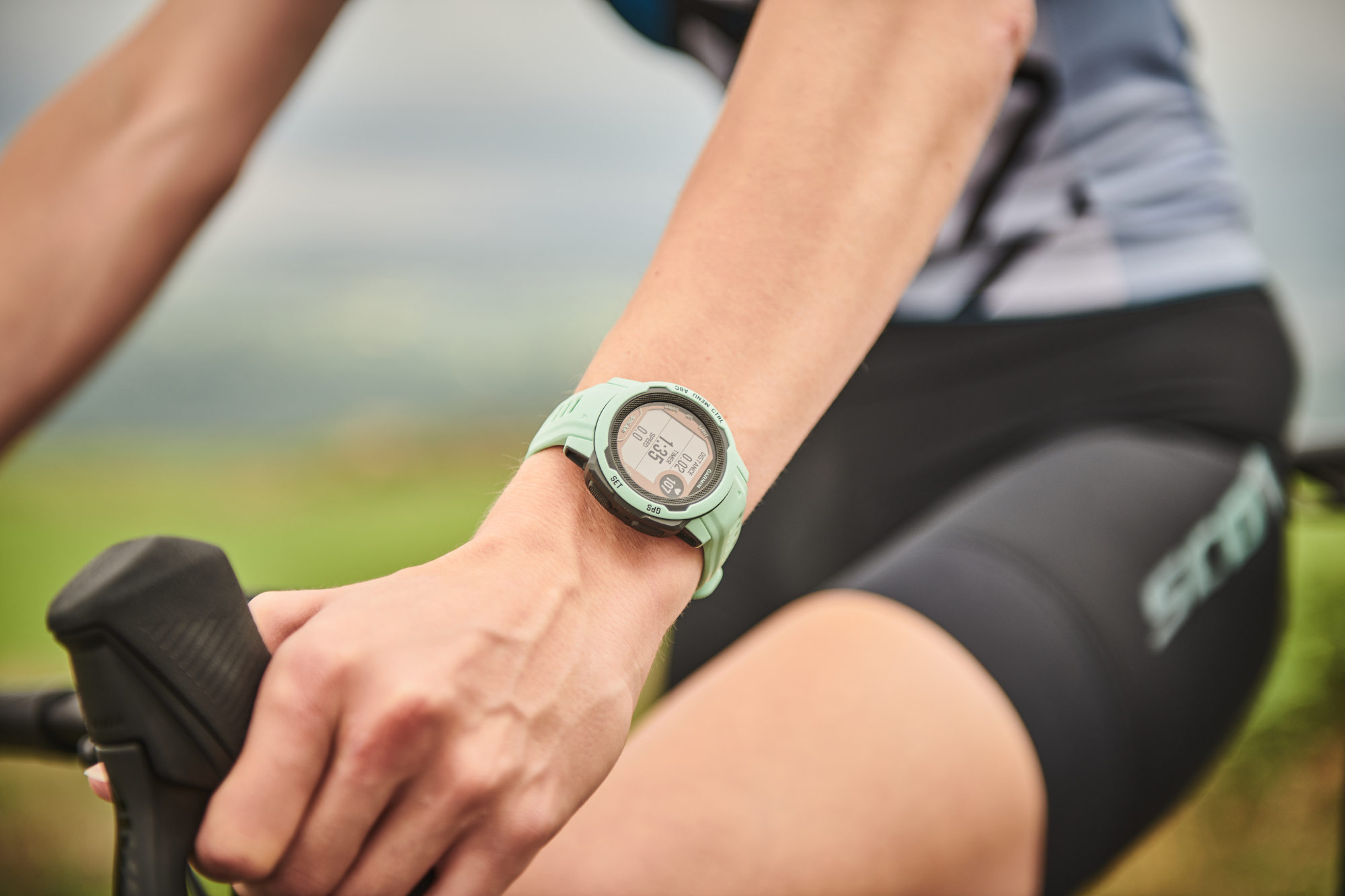
We asked Isabelle Bryenton, a 22- year-old pro cyclist who rode for UCI women’s Continental team InstaFund Racing. “Using the Whoop band has made me reflect on my day and be more conscious of what could have a negative impact on my sleep and recovery,” she explains.
Has Bryenton’s performance changed since she started logging her every move? “The devices are less useful than advertised when it comes to training,” she says. “I don’t use my wearables to dictate training. They give me interesting information, but as an athlete with a coach, I still do my prescribed workouts even if the app says I’m in the gutter.”
It seemed like the right time to get a coach’s perspective. Holly Seear is a performance cycling coach who describes herself as having a passion for data driven performance. “The first questions I ask my athletes are, why do you want to use it? How will you make use of the information?” explains Seear. “The data can be useful to show trends, but there are some risks too.”
These risks include athletes paying less attention to their own physical sensations and becoming over reliant on the data – without questioning the accuracy of that data. “We need to keep it in perspective,” adds Seear. “A bit of common sense is sometimes needed too. Just because a device says you slept badly the night before your ‘A’ race doesn’t mean you cannot perform well, if you have done the preparation.”
Although the wearables companies were helpful in explaining general principles, they stopped short of sharing details on exactly how their devices work. This presents an obstacle in assessing their effectiveness. “The main issue with wearables is that you do not have access to the algorithm, so you get the results out of a black box,” cautions Dr Michael Kellmann, an applied performance psychologist and expert in recovery.
Kellmann’s reservations are echoed by Steve McCaig, a training load specialist at the English Institute of Sport. “Many of the algorithms are based on an assumption of what a ‘normal’ response is – but we are all different,” says McCaig. His colleague Dr Emma Neupert, an applied performance physiologist, underscores the issue of data reliability and validity. “If the wearable tells you something has changed by two per cent, but there is a margin of error of five per cent, you’re not being provided with useful information, just noise,” adds Neupert.
This leads us to the second stumbling block. During my month of testing wearables, the data didn’t always match up from one device to the next. Heart rate readings taken from the wrist or bicep were often inaccurate (compared to chest strap readings); my RHR on one device was 44bpm, and 48bpm on another – a significant difference. Sleep data also diverged between devices – no two devices seemed to agree, with as much as two hours’ difference in REM sleep.
We decided to ask the wearables companies to help make more sense of the data discrepancies. Head of cycling at Whoop, Jeremy Powers, responds: “Whoop is invaluable for teaching you more about yourself. Think about your power meter. Power meters also have measurement errors, but they are still a useful training tool.” It’s a fair point: provided your device is consistent, it can still highlight trends in a useful way.
On the discrepancies between sleep readings, Oura’s Caroline Kruder tells us: “It depends which signals are being measured, and if the device is sampling at a high enough rate that it can really differentiate between sleep stages.” Put simply, no two devices are measuring exactly the same metrics in exactly the same way.
Data versus judgement
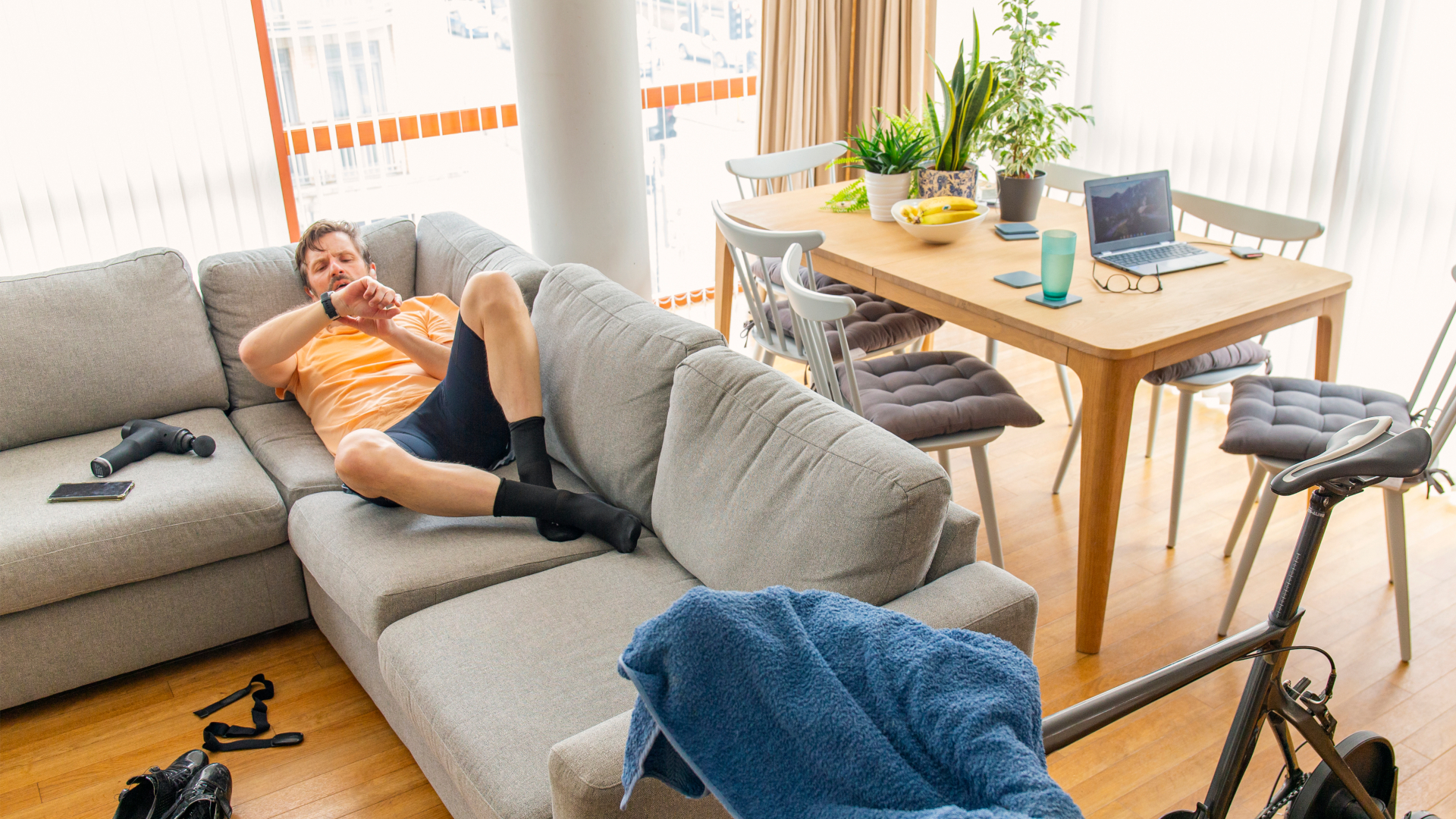
Some of the wearables companies say that their ‘objective’ data is more reliable than subjective human reporting. So which is better, human or machine? We put this question to the experts.
“Wearables shouldn’t replace a coach nor subjective ratings of the training and/or competition experience,” advises Dr Kellman. “We consistently find that subjective ratings using well developed instruments, such as the Acute Recovery and Stress Scale, are a very sensitive way to monitor training.”
Athlete monitoring specialist McCaig says: “Performance and injury are complicated so you need to know how to interpret the data. Sometimes we see athletes and support teams getting hung up on the numbers and this gets them further away from making the changes needed to improve performance.” McCaig recommends using a wearable to answer a specific performance question rather than to provide a continuous overview.
Without a doubt, there are tangible benefits from wearables: they can prompt you to improve your sleep, be smarter in your fuelling and hydration habits, as well as providing a feel-good factor from sharing data with friends. But when that data risks misleading us or doesn’t seem to correspond with how we’re feeling, it’s important to take a step back.
In my experience testing a selection of wearables and as a coach, I was frustrated at the level of certainty with which some wearables provided advice. For example, the Whoop monthly performance assessment data suggests causal links between behaviours reported via the journal and sleep and recovery metrics. Apparently, eating late in the day during April increased my time in Slow Wave Sleep by three minutes… Really?
There are undoubtedly potential benefits to be gained from using wearables. For pro cyclists who have data analysis help on hand, more data can add value because that data is expertly scrutinised and interpreted. For amateurs, especially those without a coach, it’s important to ascertain whether these devices are really going to provide helpful information and guidance. If you’re considering buying a wearable, first ask yourself: what is the performance problem I am trying to solve? Then you can decide whether wearable tech really is the solution.
CW goes testing: Deena’s data diary
Like most CW readers, I’m a dedicated amateur cyclist who fits in training around my working life. As a coach, I’m also aware of the importance of accounting for non-training stresses. Could wearable devices help me to safely increase my training load over the course of a month so as to make performance gains?
To find out I wore the following devices:
- Polar Vantage 2 Smartwatch
- Apple Watch Series 6
- Whoop Strap
- Oura Ring
- Supersapiens blood glucose biosensor
WEEK 1
The block started with a bang: two days of maximal effort followed by some HIIT workouts and a long Zone 2 endurance ride. Training time was 12 hours in total, more than double the previous week. As the week progressed, there was a discrepancy between the apps and my sensations – I felt rubbish, but the wearables said that I was ready to perform. The pressure to be on form made Saturday’s session feel tough. On the plus side, the wearables were raising my awareness and improving my sleep and hydration habits. Using the Supersapiens app, I noticed how quickly bananas spiked my blood glucose levels; it seemed to make sense to eat them closer to training sessions.
WEEK 2
Week two continued to up the effort, with a total of 18 hours of training. On the Tuesday, I woke up feeling fatigued – but the wearables suggested I was ready to smash it. I gritted my teeth and off I went... until I fell off my bike! On the plus side, the day after my tumble, the Oura ring told me to “listen to my body” – welcome advice. The Whoop said I was 84 per cent recovered. None of the apps had an option for saying, ‘I’m injured’. Supersapiens continued to intrigue: I was reminded to put fats into my porridge too, to help slow the spike in blood glucose level. I also realised the importance of timing a gel just before a race, as the spike happens very quickly. Sleep seemed to be the main determinant for calculating recovery scores: on Friday, the Whoop gave me a 99 per cent recovery score after I’d slept for 9.5 hours.
WEEK 3
At the end of week three, I had a 14k trail running race, so there was a reduction in volume to taper for the event. On Thursday’s tune-up run, I noticed that wrist-based heart rate readings were 10bpm higher than readings from my chest strap. Race day rolled around and the wearables told me that I was having my worst day yet – not the ideal message to wake up to! Luckily, I’d been warned of this possibility, so I ignored it. I finished eighth, having felt reasonably good – certainly better than the wearables had suggested.
WEEK 4
After three weeks of training including a race, I felt like death warmed up on Monday. I still had a week to go in my cycling training plan… should I ease up? The apps were in disagreement on how cooked I was, so it was hard to know. I decided to plough ahead. I started to wonder about the role of mental fatigue. Did I want a mental break from the training regime more than I needed one physically? As the block came to an end, the apps were in tune with my sensations and recovery was advised across the board. Phew!
CONCLUSION
The month of training with all the tech was a rollercoaster! I spent a lot of time agonising over the data and when I had confidence in it, it was useful. When I didn’t, it felt like a frustrating waste of time. So did it make me fitter? Honestly, it’s impossible to know.
This article was originally published in the print edition of Cycling Weekly. Subscribe online and get the magazine delivered direct to your door every week.

Thank you for reading 20 articles this month* Join now for unlimited access
Enjoy your first month for just £1 / $1 / €1
*Read 5 free articles per month without a subscription

Join now for unlimited access
Try first month for just £1 / $1 / €1
Deena Blacking is a cycling coach and sports consultant at drivetrain.cc
-
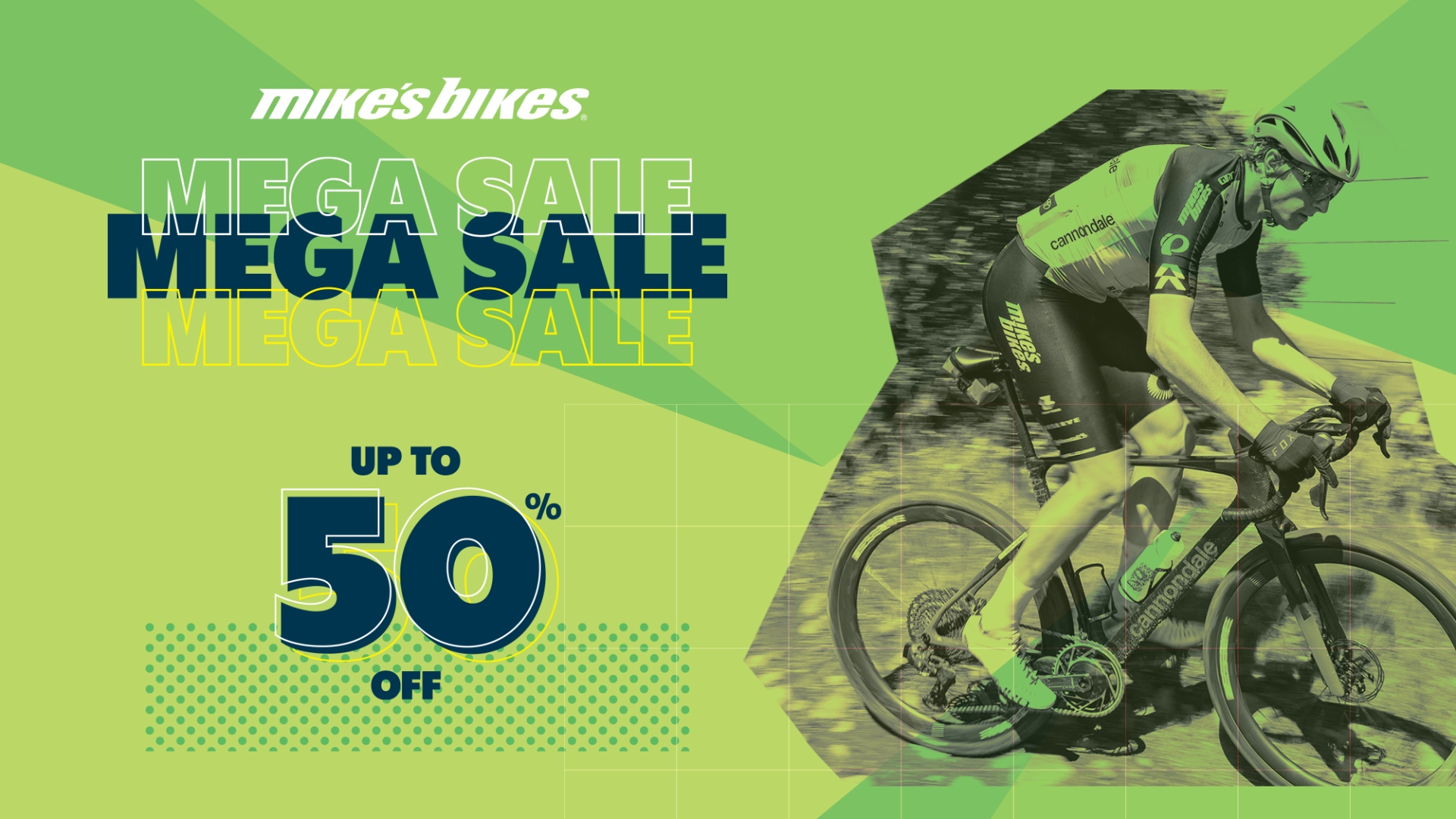 Mike's Bikes 'mega sale' is live and site wide with discounts over 50%
Mike's Bikes 'mega sale' is live and site wide with discounts over 50%Running until Sunday all products are discounted including complete bikes, clothing, smart trainers and much more
By Luke Friend
-
 Can you be a pro athlete and an environmentalist? Earth Day reflections from a pro cyclist trying to be both
Can you be a pro athlete and an environmentalist? Earth Day reflections from a pro cyclist trying to be bothHow Sarah Sturm reconciles her life as a pro cyclist with her environmental values
By Sarah Sturm